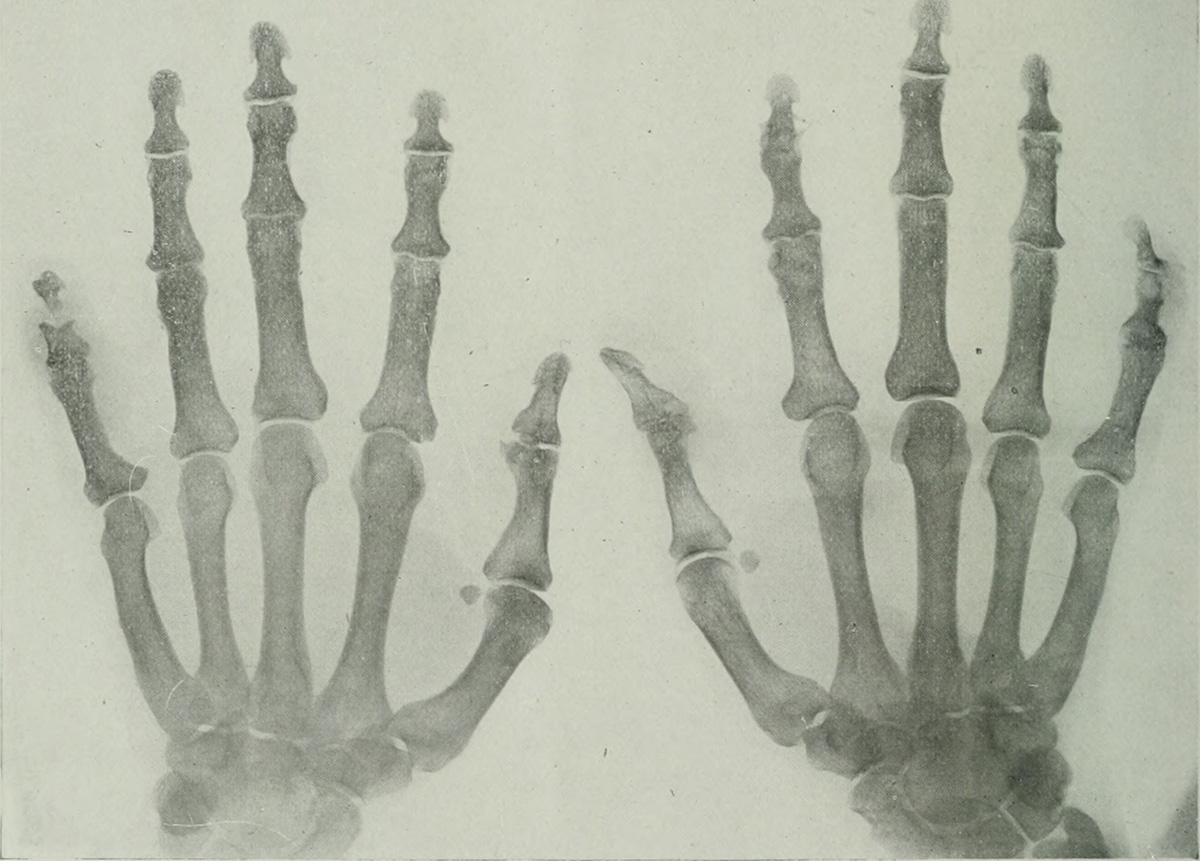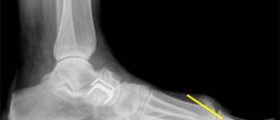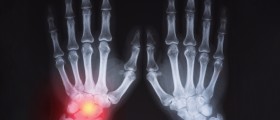
Arthritis of the first metatarso-phalangeal joint - Hallux limitus/rigidus
The human body is very fragile and prone to many disorders. These disorders may affect any part of the body and any system may be impaired by the disorder. Each disorder in the body has its consequences on the proper functioning of the whole organism. The skeletal system may also be affected by certain conditions. In the majority of cases, arthritis affects the joints. Arthritis is the general term for the group of conditions that affect the joints of the body. There are many types of arthritis, even more than a hundred types of this disorder.
The first metatarso-phalangeal joint in the foot is usually affected by osteoarthritis, which is usually called degenerative joint disease. It is one of the most common types of arthritis. Osteoarthritis occurs when the cartilage, which is the thin layer that protects the bones from tearing and wearing, wears over time.
Causes of arthritis of the first metatarso-phalangeal joint
The first metatarso-phalangeal joint is located in the foot. When this joint is affected by osteoarthritis, then, it is called hallux limitus/rigidus. It usually appears in adult population after 30 years of age. There are several reasons for the occurrence of hallux limitus/rigidus. The person who had earlier an injury to the joint cartilage may develop this condition. Furthermore, if the abnormal foot mechanics exert a strong pressure on the joint, it may also be a potential cause for the hallux limitus/rigidus. Metabolic bone diseases such as gout, as well as other inflammatory arthritic processes, may also be responsible for the incidence of this joint disorder.
Hallux limitus refers to the osteoarthritis of the first metatarso-phalangeal joint in the first stages. On the other hand, hallux rigidus refers to the osteoarthritis of the first metatarso-phalangeal joint in later stages.
Symptoms of arthritis of the first metatarso-phalangeal joint
One of the most common symptoms of this condition is the stiffness, which occurs in the great toe and which is accompanied by an inability to dorsiflex or plantarflex in the first metatarso-phalangeal joint. Furthermore, people with this disorder may experience swelling around the joint, as well as an enlargement that appears and overlies the joint. Hallux limitus/rigidus may also cause pain in the joint when the person is active. This pain is very strong and intense when one tries to push off on the toes when walking.












-Symptoms,-Diagnosis,-Treatment_f_280x120.jpg)




Your thoughts on this
Loading...